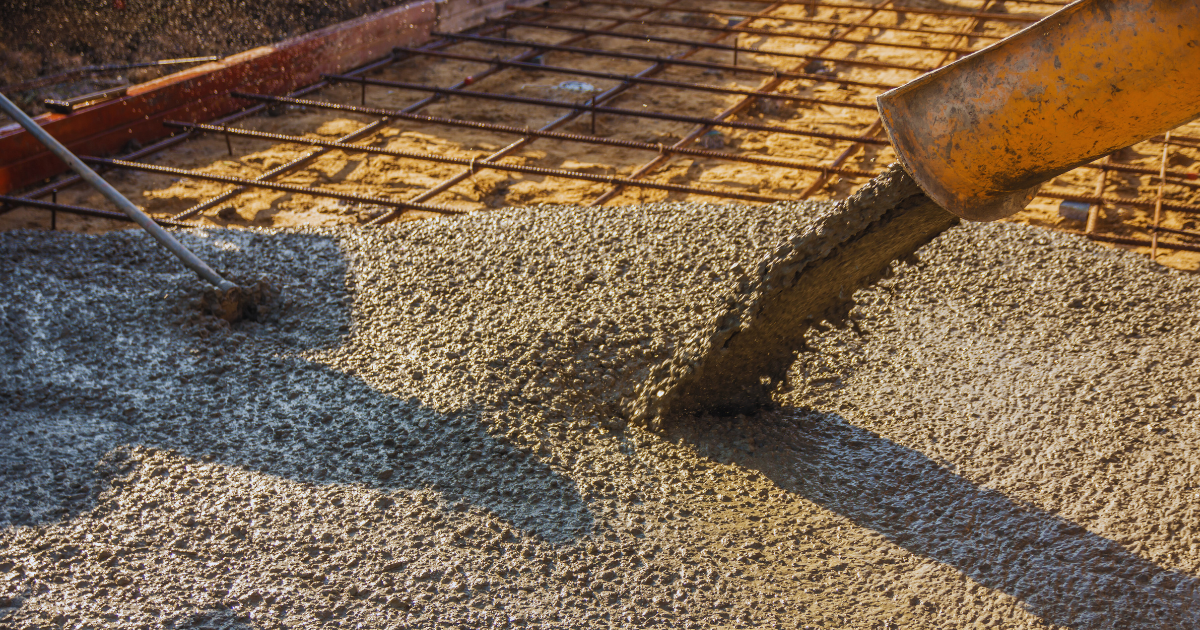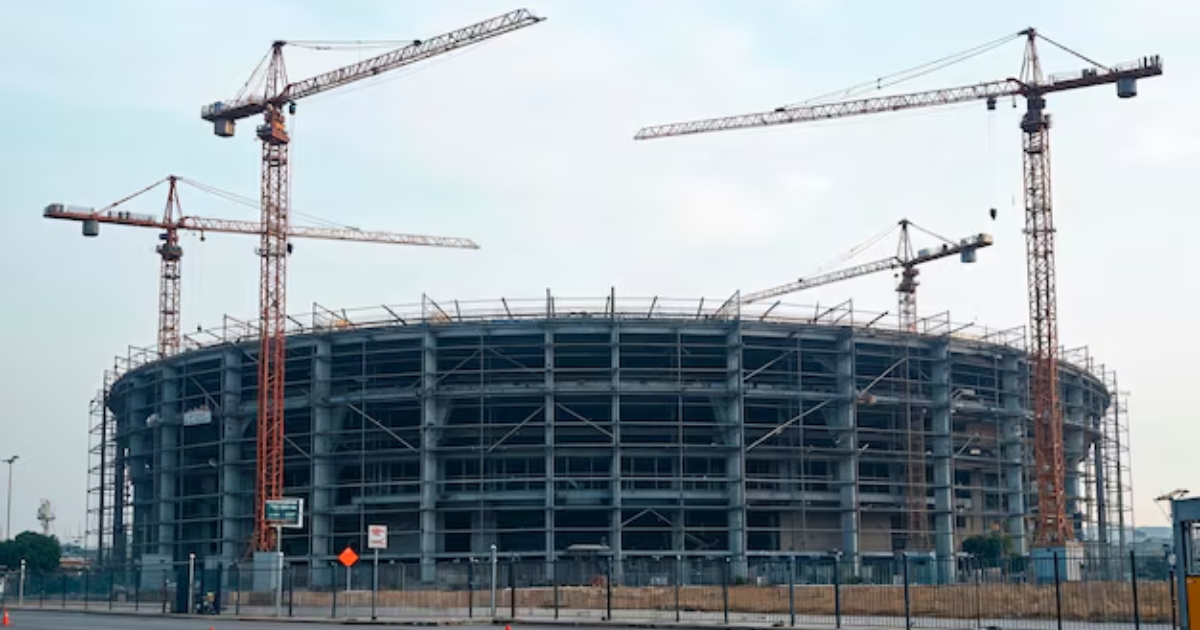Concrete, one of the most ubiquitous and versatile building materials, has been used in construction for millennia. From the ancient Roman Pantheon to the tallest skyscrapers of today, concrete continues to play a pivotal role in shaping our built environment. In this blog, we’ll explore some of the most impressive world records, highlighting the remarkable feats that showcase the material’s strength, durability, and adaptability. Here are the top 10 world record breakers in concrete.
1. Tallest Building: Burj Khalifa
Standing at a staggering 828 meters (2,717 feet), the Burj Khalifa in Dubai holds the title for the tallest building in the world. Completed in 2010, this architectural marvel used over 330,000 cubic meters of concrete in its construction. The Burj Khalifa’s height and sleek design demonstrate the incredible capabilities of modern technology.
2. Longest Bridge: Danyang-Kunshan Grand Bridge
The Danyang-Kunshan Grand Bridge in China is the longest bridge in the world, stretching an impressive 164.8 kilometers (102.4 miles). This viaduct, part of the Beijing-Shanghai High-Speed Railway, showcases the versatility and durability. It was completed in 2010 and serves as a testament to the material’s ability to support vast infrastructure projects.
3. Largest Dam: Three Gorges Dam
The Three Gorges Dam on the Yangtze River in China is the world’s largest concrete dam. It measures 2,335 meters (7,660 feet) long and 185 meters (607 feet) high. This monumental structure required 27.2 million cubic meters of concrete, illustrating the material’s immense strength and capacity for massive-scale projects.
4. Largest Structure: Inga Dam
Located on the Congo River in the Democratic Republic of the Congo, the Inga Dam is considered the largest structure in the world. Although not as well-known as other giants, the Inga Dam’s massive size and significant volume of concrete used in its construction make it a record-breaking feat.
5. Deepest Foundation: Marina Bay Sands
The Marina Bay Sands in Singapore, with its iconic sky park and three interconnected towers, sits on the deepest foundation in the world. The foundation reaches a depth of 65 meters (213 feet) and required extensive engineering to ensure stability on the reclaimed land of Marina Bay. This project exemplifies concrete’s adaptability in challenging environments.
6. Largest Dome: Pantheon
While modern structures often steal the spotlight, the ancient Roman Pantheon holds the record for the largest unreinforced dome. Built around 126 AD, the dome spans 43.3 meters (142 feet) and remains a marvel of engineering. The Pantheon’s longevity underscores concrete’s enduring qualities and its historical significance.
7. Largest Pour: Wilshire Grand Center
The Wilshire Grand Center in Los Angeles set the world record for the largest continuous pour in 2014. Over 21 hours, 18,000 cubic meters (nearly 24,000 cubic yards) were poured to create the foundation of this 335-meter (1,100-foot) skyscraper. This feat required meticulous planning and coordination, highlighting in modern construction.
8. Tallest Statue: Statue of Unity
The Statue of Unity in India, standing at 182 meters (597 feet), is the tallest statue in the world. Completed in 2018, this monumental statue of Sardar Vallabhbhai Patel required 210,000 cubic meters of concrete. The Statue of Unity demonstrates the material’s ability to create intricate and massive structures.
9. Longest Road: Highway 401
Highway 401 in Ontario, Canada, holds the record for the longest continuous road. Stretching over 828 kilometers (514 miles), this vital transportation artery showcases concrete’s durability and longevity in heavy-use applications. The highway’s construction and maintenance highlight concrete’s importance in infrastructure development.
10. Largest Roof: King Abdulaziz International Airport
The Jeddah airport’s Hajj Terminal in Saudi Arabia boasts the largest roof structure in the world. Spanning 465,000 square meters (5 million square feet), this innovative roof is composed of shells supported by steel pylons. The Hajj Terminal’s design and scale underscore concrete’s versatility in creating large, open spaces.
Conclusion
These world record breakers demonstrate the material’s incredible versatility, strength, and adaptability. From towering skyscrapers and massive dams to ancient structures and modern marvels, continues to push the boundaries of what is possible in construction. As technology and engineering practices advance, we can expect to see even more groundbreaking achievements. Whether it’s creating the tallest buildings, the longest bridges, or the most intricate structures, concrete remains at the heart of our architectural and infrastructural innovations.







